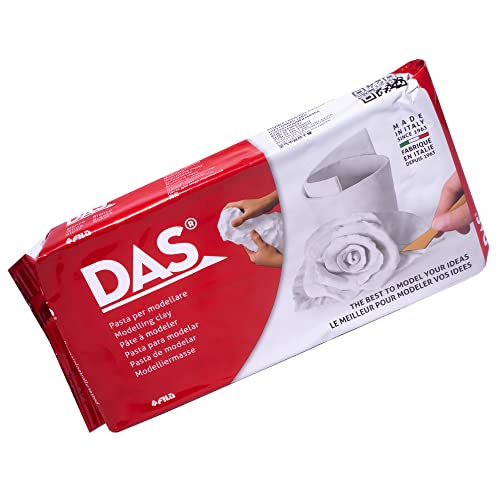Understanding Modeling Clay and Its Drying Time
Modeling clay is a versatile material used by artists, hobbyists, and children to create a variety of objects. It is made of various materials including oil-based clay, water-based clay, and polymer clay. Regardless of the type of modeling clay used, the drying time depends on several factors.
Factors That Affect Drying Time
The temperature, humidity, thickness of the clay, and the type of clay are some of the major factors that affect the time it takes for modeling clay to dry. Air dry clay usually takes longer to dry than polymer clay, which can be cured in an oven. Also, thicker clay takes longer to dry than thin clay; and if the clay has been stored for a long time, it may take a longer time to dry.
Air Dry Clay Drying Time
Air dry clay dries by exposure to the air, and the drying time varies depending on the conditions. If the environment is warm and dry, the clay may dry in a few hours or even overnight. However, if the environment is humid or cold, it may take several days or up to a week for the clay to dry completely. It is important to note that air dry clay should be left uncovered to dry; covering it may increase the drying time.
Polymer Clay Drying Time
Polymer clay is cured in an oven set at a specific temperature and time according to the manufacturer’s instructions. The curing process usually takes between 10-30 minutes. It is important to follow the manufacturer’s instructions on curing time and temperature to avoid under or over-curing the clay.
Tips to Speed Up Drying Time
There are several ways to speed up the drying time of modeling clay. For air dry clay, using a dehumidifier or setting up a fan to provide air circulation can help to dry the clay faster. Placing the clay in a warm, dry location can also speed up the drying process. For polymer clay, placing the sculpted piece in a preheated oven can speed up the curing process. However, it is important to note that the clay should not be exposed to direct heat as it may cause the clay to crack or burn.






